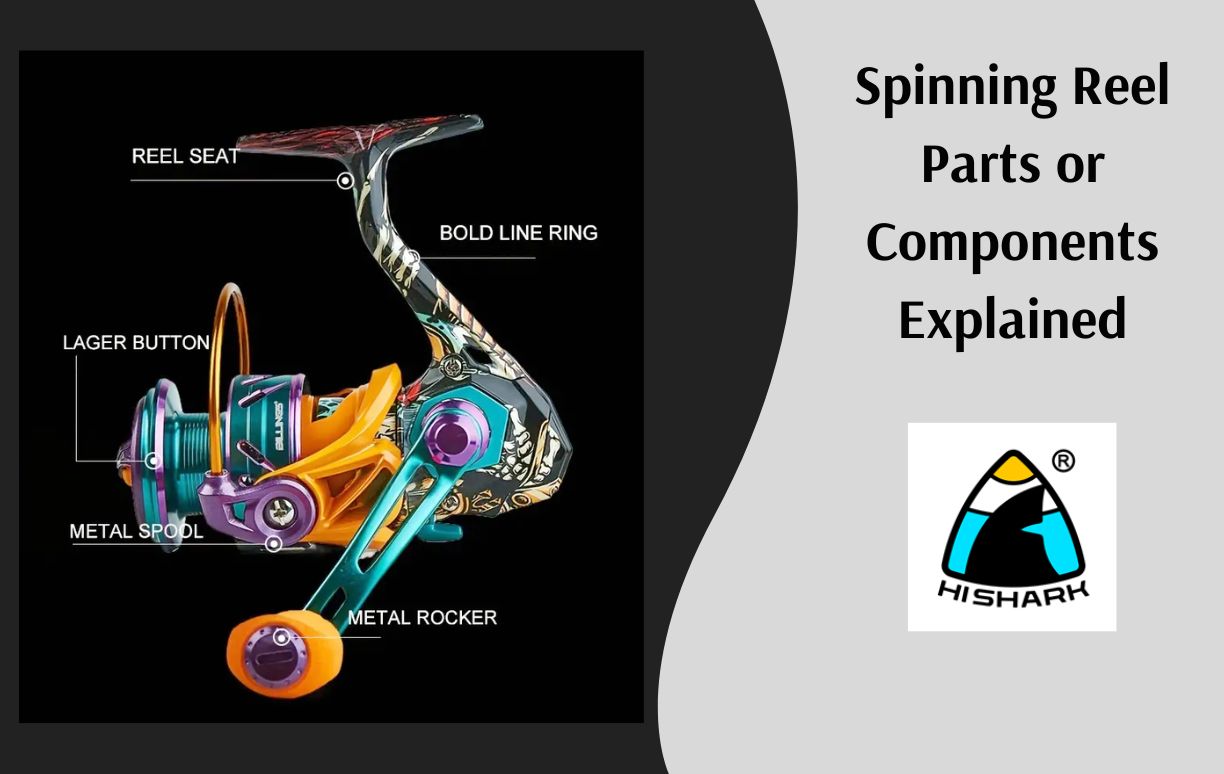Conventional Fishing Reels: A Comprehensive Guide
Conventional Fishing Reels: A Comprehensive Guide
August 27, 2024

Trolling reels are another name for conventional fishing reels.
Conventional fishing reels, or “conventional reels,” are essential for anglers targeting various fish species in freshwater and saltwater.
Known for their durability, power, and versatility, these reels come in various designs and configurations to suit different fishing techniques and preferences.
This comprehensive guide explores the features, types, uses, and maintenance of conventional fishing reels, providing valuable insights for both novice and experienced anglers.
Introduction to Conventional Fishing Reels
Conventional fishing reels are characterized by their classic design, featuring a revolving spool that sits perpendicular to the rod. Unlike spinning reels, which have a fixed spool, conventional reels require manual casting and line control using the thumb to manage spool speed and prevent backlash. These reels are favored for their ability to handle heavy lines, large baits, and powerful fish, making them popular among offshore anglers and those targeting trophy-sized fish.
Types of Conventional Fishing Reels
There are several types of conventional fishing reels, each designed for specific fishing applications:
- Round Reels: Also known as baitcasting reels, round reels are robust and capable of handling heavy lines and large fish. They feature a circular design that accommodates more line and offers greater cranking power, making them ideal for trolling and deep-sea fishing.
- Star Drag Reels: These reels have a star-shaped drag adjustment knob located on the side plate. They provide precise drag control and are suitable for both freshwater and saltwater fishing, including bottom fishing and jigging.
- Levelwind Reels: Levelwind reels feature a mechanism that automatically distributes the line evenly across the spool during retrieval. They are popular for trolling and offshore fishing, reducing the need for manual line guidance.
Components and Features
Understanding the components and features of conventional fishing reels is essential for selecting the right reel for your fishing needs:
- Spool: When you cast and retrieve, the spool spins with the fishing line. Manufacturers often use aluminum, graphite, or other materials to balance strength and weight.
- Handle: The fishing reel handles connect to the reel’s gear system and allows anglers to retrieve line. Handles may feature ergonomic grips and oversized knobs for comfort and leverage.
- Drag System: The drag system applies resistance to the spool, allowing anglers to control the amount of pressure exerted on the fish. It can be adjusted to accommodate different fishing conditions and target species.
- Gear Ratio: The gear ratio controls how many times the spool turns with each turn of the handle. Higher gear ratios provide faster retrieves, while lower ratios offer more cranking power for battling large fish.
- Braking System: Some conventional reels feature braking systems, such as centrifugal or magnetic brakes, to control spool speed and prevent backlash during casting.
Choosing the Right Conventional Reel
When choosing a conventional fishing reel, consider the following factors to match the reel to your fishing style and target species:
- Fishing Environment: Determine whether you’ll be fishing in freshwater or saltwater environments, as this affects reel durability and corrosion resistance.
- Target Species: Consider the size and weight of the fish species you intend to catch. Choose a reel with sufficient line capacity and drag strength to handle your target fish.
- Fishing Technique: Select a reel that complements your preferred fishing technique, whether it’s trolling, bottom fishing, jigging, or casting heavy lures.
Fishing Techniques with Conventional Reels
Conventional reels are versatile tools suitable for various fishing techniques:
- Trolling: Use conventional reels for trolling applications, dragging baits or lures behind a moving boat to target pelagic fish species like tuna and marlin.
- Bottom Fishing: Drop baits or rigs to the ocean floor and use the reel’s power to retrieve fish from deeper waters, including snappers, groupers, and other bottom-dwelling species.
- Jigging: Vertical jigging involves dropping heavy jigs to the ocean floor and rapidly retrieving them to entice predatory fish species like amberjack and kingfish.
Maintenance and Care
Proper maintenance prolongs the life and performance of conventional fishing reels:
- Cleaning: Rinse the reel with freshwater after each use to remove salt, sand, and debris. Use a soft brush to clean the spool, handle, and drag system, and dry thoroughly before storage.
- Lubrication: Apply reel oil or grease to moving parts, including gears, ball bearings, and the handle assembly. Lubricate according to the manufacturer’s recommendations to prevent corrosion and ensure smooth operation.
- Inspection: Regularly inspect the reel for signs of wear, such as corrosion, rust, or loose components. Replace worn-out parts and perform routine maintenance to avoid mechanical failures during fishing trips.
Advantages and Disadvantages
Understanding the pros and cons of conventional fishing reels helps anglers make informed decisions:
- Advantages: Conventional reels offer superior power, line capacity, and durability compared to spinning fishing reels. They are ideal for handling heavy lines, large baits, and battling powerful fish species.
- Disadvantages: These reels require more skill and practice to master casting and line control techniques. They can be prone to backlash if not properly adjusted or used incorrectly.
Summary
Conventional fishing reels remain essential tools for anglers seeking power, durability, and versatility in their fishing pursuits. By understanding their components, features, uses, and maintenance requirements, anglers can select the right reel for their fishing style and target species.
Whether you’re trolling offshore waters or bottom fishing in freshwater lakes, a well-chosen conventional reel can enhance your fishing experience and increase your chances of landing the catch of a lifetime.


















